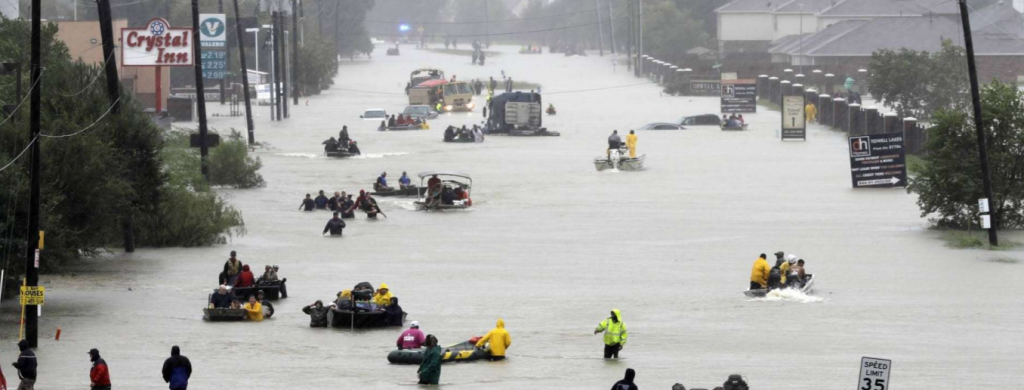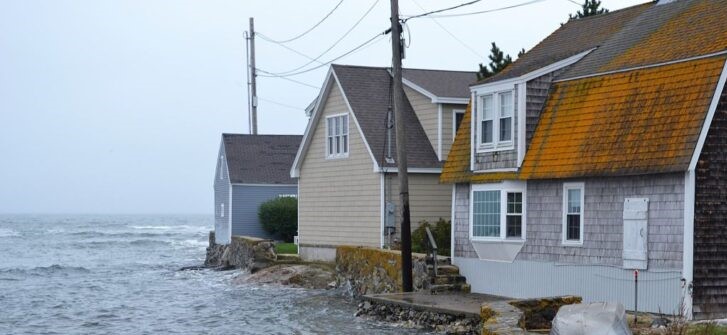Community Vulnerability and Resilience
The impacts from coastal hazards threaten property, community well-being, and marine industries, the latter of which contributes billions of dollars annually to the U.S. economy. By understanding the vulnerabilities of communities to potential coastal risks—such as sea level rise, inundation, flooding, water pollution, storms, and coastal erosion—communities can take action to prepare and become more resilient. NCCOS generates tools and information to improve community resilience to these risks and other coastal hazards. We provide coastal communities, planners, managers, and regulators with the research needed to better plan, recover, and adapt to coastal hazards and events.
How Our Science Supports
NCCOS examines this array of vulnerabilities in relation to various coastal and climate-related threats. We intersect exposure and vulnerabilities with hazards to identify areas of risk. Coastal communities can then use this information to identify priority adaptation areas to help coastal managers both understand the unique characteristics of their region and allocate resources accordingly. Ultimately, this research informs decision-making related to hazard planning, mitigation, and recovery.
Identifying Coastal Vulnerabilities
Communities and ecosystems can be physically, structurally, and demographically vulnerable to coastal hazards.

Structural Vulnerability
The structural characteristics that influence a building or road’s vulnerability to hazard impacts, such as building material or structure grade.

Physical Vulnerability
Infrastructure that is in the path of potential threats because of location or structural characteristics such as building materials. For example, beach homes on a barrier island are vulnerable to damage from hurricanes, as are structures built with weaker materials.

Demographic Vulnerability
The population characteristics that may increase a community's vulnerability to the effects of coastal hazards. Demographic characteristics, such as old age, can influence the ability of people to escape coastal hazards.

Economic Vulnerability
Economic vulnerability, such as through natural resource dependence or supply chain interruption, can hinder a community's ability to recover from hazard events.
Assessing Hazard Impacts to Inform Recovery Potential
Coastal hazards impact communities, industries, and infrastructure differently. Documenting the effects from various hazard events on each sector and then intersecting these impacts helps communities to identify what might be done to better facilitate recovery efforts. Understanding recovery potential means that planners can target resources to increase their community’s potential for resilience. NCCOS researches these impacts and evaluates recovery potential to assist coastal planners in decision-making, strategic planning, and resource allocation.




